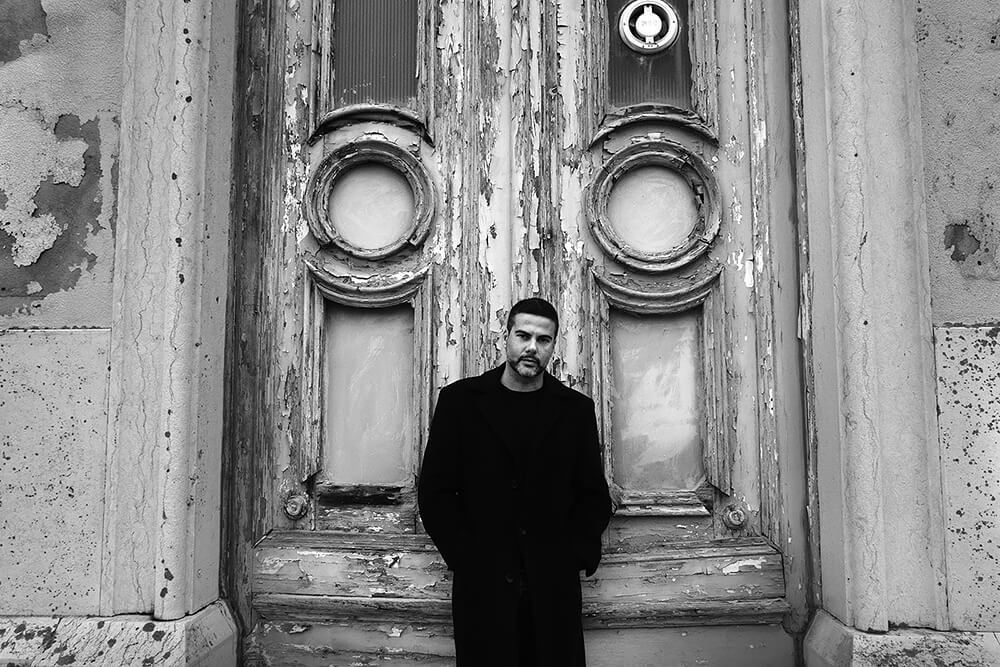Why I Photograph
As a young person, I needed and had to put out there so many things that were stuck inside me, and very quickly, I realized that I had a different way of seeing the world. I started noticing that even if there were many people looking at the same thing as me, they weren't seeing what I was seeing. Photography became the most realistic representation of my perspective. Photography blends all the art mediums and I am inspired to create amalgamations of the dream world with the real. I love the challenge of being able to put onto paper the ideas and surreal world of my own creation.
My Purpose
When I create a photograph image, I want to engage in a dialogue-to make the viewer feel something, even if it's a negative reaction. I appreciate the negative reaction, because I understand I've drawn something out in the viewer: an honest reaction is more potent than an indifferent one.
I want to be able to convey an inner conversation-an ambience, a vibe- to create curiosity in the viewer for the lives and moments depicted in my images.
My Method
I prefer to shoot with black and white 35mm film, because I find it's more honest and direct, at least for me. I like the mental exercise of having to prepare the picture in your mind first and do the chain of thoughts necessary to translate the idea into the final work.
Color can be distracting and disruptive of the real intent and emotion I am trying to achieve.
My favorite camera is the Canon EOS 1 RS film camera; it has plenty of functions which allow me to have more control over the final product.
I love to prepare a playlist and just go and take a walk with my camera and put myself in the mood: a limbo between voyeurism and participant.
My Path
When I started I wanted to be a war photographer, but in my home country of Portugal, it's very difficult to get the connections necessary to achieve that. I was fortunate to get an internship at a daily newspaper in Portugal which led to my work being published in several major newspapers and magazines. I began to work more in fashion photography and was assigned to the fashion weeks that took place in Europe. During the shows, I found that I always preferred the backstage where I had more freedom to do different things, take more risks. Photography has been the driving force through all my creative pursuits. My love of music, music photography and music videos comprise a large part of my work. As a cinematographer/director for album and DVD covers, I work in collaboration with several European photography agencies in Portugal and in the UK. The more artistic side of my work is represented in several countries and in private collections, from Canada, the UK, France, Netherlands, Australia, China, Portugal, and the United States.
Currently I am living in Lisbon, but who knows what's next.
